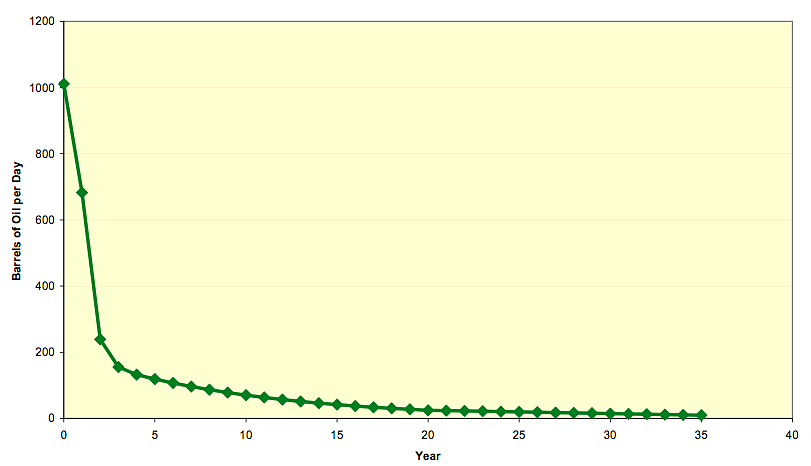Yemen’s multiple proxy wars a recipe for a famine
Posted by Big Gav in agriculture, food prices, oil price
Crikey has a look at the famine in Yemen, exacerbated by high prices for diesel - Yemen’s multiple proxy wars a recipe for a famine.
For decades throughout the 20th century, the idea of famine had two dominant uses in the West.The first was proof of the Christian ideal that “the poor you will always have with you”, thus re-affirming the eternal need for charity, and the limited usefulness of political struggle — the second was to reaffirm a vaguely or explicitly racialist and Malthusian notion that the dusky-skinned two thirds of the world really couldn’t manage themselves that well, and were doomed to over-breeding and starvation. Before the Second World War, China was the locus for this concern/panic — in various famines until the 1949 revolution, children would be exchanged between families to be eaten, or sold in the marketplace.
After the war, attention switched to India, and then in the 1970s and ’80s, to Ethiopia and the rest of Africa. The story was static, and endlessly repeated — skeletal children, milk powder, guilt, appeals, etc. The global extravaganza of Live Aid in 1985 was probably the acme of this well-meant but bone-headed view of starvation — appropriately enough celebrated by a song in which a phalanx of stars wondered if animist and Muslim peoples even knew it was Christmas time at all.
But by this time another view of famine was beginning to permeate the liberal West, with the 1981 publication of Amartya Sen’s Poverty and Famines, which deployed an array of theories to argue that famines almost always occurred in regions where there was plenty of food — and that even when there was a will to alleviate the famine, the absence of democratic and open political structures made such alleviation impossible.
Sen’s example was the Bengal Famine of 1943 — something that Commonwealth readers rarely hear of in tales of WW2, because 3 million Indians died due to the incompetence, indecision and outright racism of the British authorities. Sen’s argument made an impact where more radical left-wing accounts of the political nature of famine had been dismissed — but many were still unwilling to concede one of his core points, that one of the great barriers to alleviating famine was the market itself.
Sen’s argument has made it impossible for Western news to report famine in the way it once did, but it’s a close run thing. Fragments of reasons a region might suddenly descend into desperate starvation are aired, but there remains a basic inability to tell a connected story. The default position remains the Pieta, the starving child in arms.
Which brings us to the Yemen famine, which has suddenly hit the headlines, after bubbling in the background of the news for months. Ten million people — nearly half of the country’s population — are at risk of starvation, yet the food shortage is not affecting whole regions or areas equally. The burden is falling overwhelmingly on the poor, with people starving while nearby markets are full.
Though there’s been a persistent food shortage since the global food price rise in 2008 — and in fact food has always been short for the poor in the country — the situation has been made urgent by several coincident factors. A drought has persisted for more than three years, and is at its worst this summer, leading to a lack of work for millions of rural labourers. It’s also Ramadan, which, perversely, as a month of daylight fasting, raises food prices — since the fasting is followed by night-time feasting.
Added to these woes, Yemen is starving because it has become a site for multiple proxy wars — the Shia-based Sadah uprising from the north-west, a South Yemen uprising (based around the territory of the old Soviet-era Marxist state), and the Arab Spring general insurgency against the 30-plus-year reign of President Salleh, and last but not least a proxy war between al-Qaeda and US drone attacks.
The result is a country in which substantial networks not merely of trade, but also of inter-family support and charity have broken down, making the usual transfer between rich and poor all the more difficult, such as it occurs. To be fair, it has also been pointed out that the production of the intoxicant herb “khat” dominates agricultural production without providing any nourishment (though it also acts as an appetite suppressant), to the detriment of food production and household budgets.
But above all and beyond all this is the way in which Yemen is trapped in a global commodity system, with steadily rising prices for basic staple foods (of which Yemen imports 90%), and for diesel oil, which is used to pump water. At this point, with diesel oil unaffordable, many families are reliant on charity for a continued supply of water.
This crippling gap has led Oxfam to approach the problem in a simple way — they’re simply giving money to the poor, so that they can shop at market, and also acquire diesel. But the inevitable result of that will be a further bump in prices as the money swims into the system without expanded production, and the cycle begins again.
The Yemen famine then, is something we will begin to see more and more — a situation in which a poor and precarious country has its price signals swamped by global demand and remorselessly rising prices. With several decades of rising crop yields and low oil prices, now curtailed, it will be the nations who have not managed to get on the development ladder — or the poor parts of those who have — that will pay for the prosperity being enjoyed by a booming global urban and industrial class. In that case, the price signal becomes not a carrier of information, but a barrier to it, a la Sen — it tells us nothing about what is really required to be done, within any ethical system worthy of the name.
That story won’t be told in even the most searching reports on this famine, or the next, in the next place. We have come a long way from famine as an act of God, but we are not yet ready to recognise it as a product of global markets, or our role within it.

















